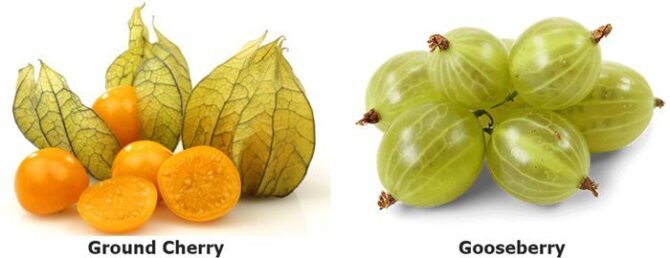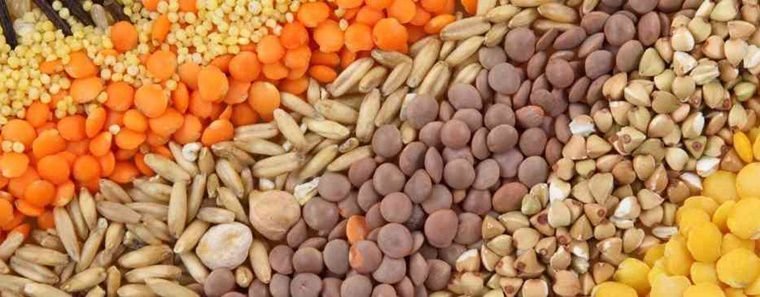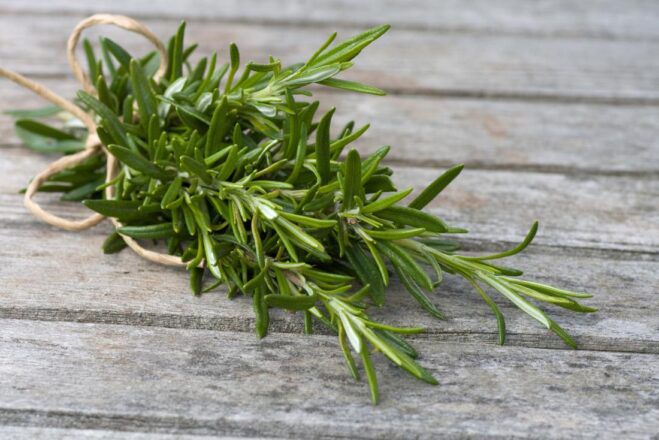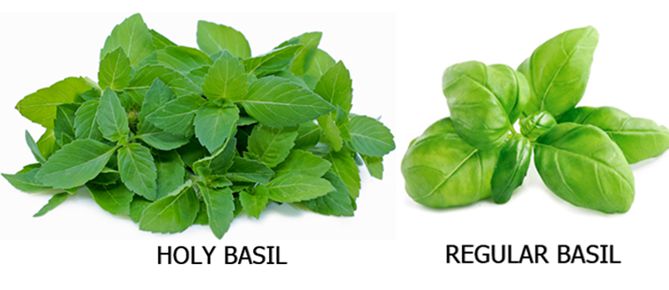Gardening Tips
Ground Cherries versus Gooseberries
Ground Cherries versus Gooseberries – What is the difference? We are all familiar with Cape Gooseberries, but did you know that the Cape Gooseberry is actually not a gooseberry at all? It is in fact a ground cherry, which is not a true cherry, but more closely related to tomatoes and tomatillos.
Ground Cherries versus Gooseberries – the differences
Ground Cherry Overview
Ground cherries are part of the Solanaceae family, which is the nightshade family. They are in the Physalis genus and contain several species. For the sake of this article we will discuss these two different species – P. pruinosa and P. peruviana.
All Ground Cherries have a papery husk growing around the cherry itself. Ground cherries are far more prevalent in subtropical climates, particularly in South and Central America. Ground cherries are also larger than gooseberries and are much sweeter.
P. pruinosa – These Ground Cherry plants are annual plants and generally have a low, spreading habit, and fruits develop in a papery husk, as is characteristic of the genus. The fruit becomes edible (and sweet) once it has ripened to yellow. The fruit tend to fall from the plant when ripe. The fruit’s flavor is similar in some respects to that of a ripe tomatillo, but notably has a stronger flavor of pineapple as well, a fact reflected in the name of a common commercial variety, “Cossack Pineapple“.
P. peruviana – These Ground Cherry plants are perennial plants and are generally larger plants with an upright growth habit. The fruits develop in a papery husk and is similar in flavor to a tangerine with notes of pineapple. The fruit becomes edible (and sweet) once it has ripened to an orange color. The fruit must be pulled or cut off the plant, although if the fruit is left long enough on the plant, it will eventually fall from the plant to the ground. An example of P. peruviana is the Cape Gooseberry plant.
Gooseberry Overview
Horticulturists classify cultivated gooseberries into two general types — American (Ribes hirtellum) and European (R. grossularia) with the latter producing larger and more flavorful fruit than the American gooseberries. The gooseberry plant family (Grossulariaceae) includes true gooseberries, which have spines, and currants, which are spineless. These plants perform best in climates with humid summers and cold winters.
The fruits resemble very round grapes. They’re green and translucent, with lighter colored stripes like a watermelon when not ripe. Ripe gooseberries turn either yellow or pink, and remain translucent. In terms of flavor, Gooseberries has a tart flavor. They may also have little hairs growing on the outer skin. The Gooseberry bush has short spikes on the plant which is very sharp.
Medical Disclaimer
Information is for educational and informational purposes only and may not be construed as medical advice. The information is not intended to replace medical advice or treatment offered by healthcare professionals.










